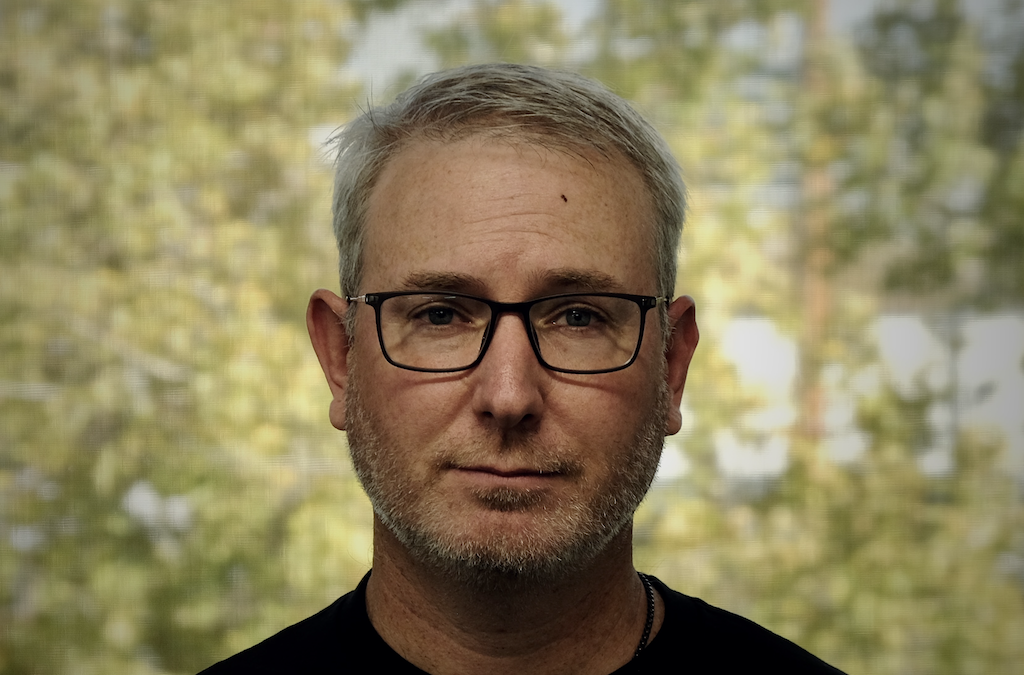Gregory M. Kurtzer
Background
My career started in the mid-1990's with a degree in biochemistry and a strong passion for open source software and Linux. Coupling these displinces landed me squarely in High Performance Computing (HPC) where I've spent well over two decades working with scientists and researchers to solve some of the hardest and biggest computational problems ever.
While in this role I also created several widely utilized open source projects that even furthered my ability to help support scientific innovation.
In 2017 I left the DOE to further enable both researchers as well as enterprise organizations and I have now founded and led two companies as CEO, Sylabs and now CIQ.
Open Source Projects
OpenELA
OpenELA is a non-profit trade association including CIQ, Oracle, and SuSE. The goal is to ensure the longevity and continunity of Enterpise Linux such that downstream derivitives can always provide a stable community based solution.
Rocky Linux
Due to a recent shift in direction, Centos Linux is no longer a viable alternative for many organizations and enterprises (including my own needs). So I started another Linux distribution targetted at solving the same problem that Centos was designed to solve.
Singularity / Apptainer
In 2015-2016, containers were all the rage and thety took the industry by storm. Unfortunately, containers were not well supported in HPC environments for a variety of reasons. I set out to solve this problem and created Singularity. Within 6-9 months from the initial release, Singularity was being used across the entire computing industry because it solved such a massive pain point.
In 2021 I moved Singularity into the Linux Foundation and per their request, the project was renamed to Apptainer.
Perceus
Warewulf took a brief hiatus while I further developed it's provisioning functions under a new project (Perceus) and a corporate umbrella. After I finished developing Perceus it was determined that the best path forward is to continue with Warewulf using an open source (BSD) license under the funding of Lawrence Berkeley National Labratory.
Centos
Centos came from the Caos Foundation (which I started in 2002) and initially Centos was destined to be a build platform for the new RPM based community maintained distribution Caos Linux. When it was designed to be released to the public, it was originally coined as Caos-EL (Enterprise Linux) and it was renamed publicly in December 2003 to what it is known as today.
After founding the project I led it until 2005 and I was responsible for all of it's initial leadership, management, public outreach and partnerships during that period. Due to legal, political, and severely less then excellent people, I was forced to relinquish leadership of the project to someone in the UK (where it stayed until the core developers were able to regain control of the project). There might be some very entertaining stories to be shared over dinner and drinks among friends...
Before Red Hat killed off the project, CentOS was one of the most utilized enterprise focused operating systems used across the ecosystem.
Warewulf
Warewulf is a scalable systems management suite originally developed to manage large high-performance Linux clusters. Focused on general scalable systems management, it includes a framework for system configuration, management, provisioning/installation, monitoring, event notification, and more via a modular plugin architecture. Install the components and features you need or leverage the existing system configurations stored within Warewulf to create custom solutions to meet your particular needs.
